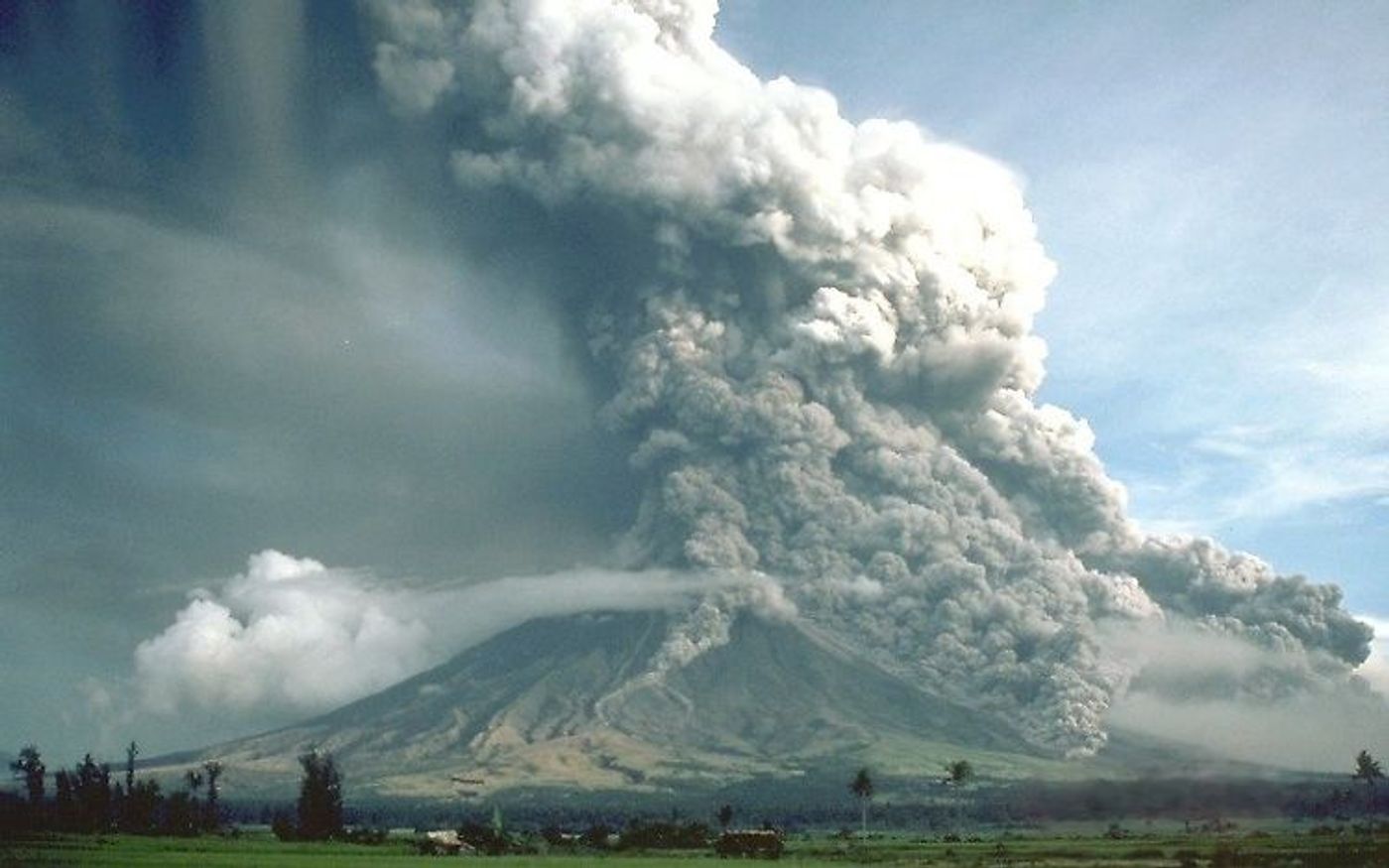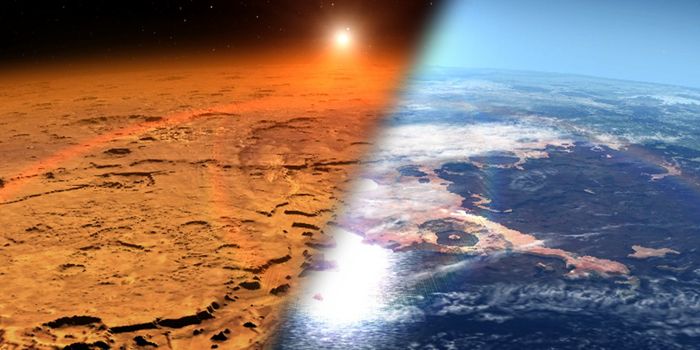A volcanic apocalypse made way for dinosaurs
We always seem to focus on why dinosaurs became extinct; let’s take a moment to consider how they came to be the dominating force on the planet. A new study from Oxford University has determined that intense volcanic events probably catalyzed the end Triassic mass extinction, which was what led to the age of the dinosaurs.
The mass extinction that took place at the end of the Triassic was one of the largest ever and killed off large crocodile-like reptiles and several marine invertebrates; dinosaurs were some of the few that survived. We have known that the conditions causing the extinction was due to a large and abrupt release of carbon dioxide into the atmosphere, but until now it was disputed where that carbon dioxide came from.
The study looked at the mercury content of sedimentary rocks that were deposited during the extinction because any volcanic eruption emits mercury gas, which would spread throughout the atmosphere and settle into sediments around the world. The volcanic rocks the team analyzed are found across four continents, representing the Central Atlantic Magmatic Province (CAMP).
"If you can see a big spike in mercury in those sediments, you can infer there is volcanism happening at that exact time," explained Lawrence Percival, lead author of the study. "And that's what we see at the time of this extinction."
The findings showed that the timing of the volcanic events through the sediments coincides with the end-Triassic extinction. Five of the six sediment deposit records from the UK, Austria, Argentina, Greenland, Canada and Morocco, had a significant rise in mercury content at the start of the end-Triassic extinction.
“These results strongly support repeated episodes of volcanic activity at the end of the Triassic, with the onset of volcanism during the end-Triassic extinction,” stated Percival. “This research greatly strengthens the link between the Triassic mass extinction and volcanic emissions of CO2. This further evidence of episodic emissions of volcanic CO2 as the likely driver of the extinction enhances our understanding of this event, and potentially of other climate change episodes in Earth's history.
Aside from the spike in carbon dioxide, the volcanic eruptions also explain the physical factors in the decimation of any species living in close vicinity to the eruptions. Yet even species far away would have been affected by ash in the atmosphere blocking out the Sun and changing the climate.
Sources: BBC, Science Daily, PNAS









